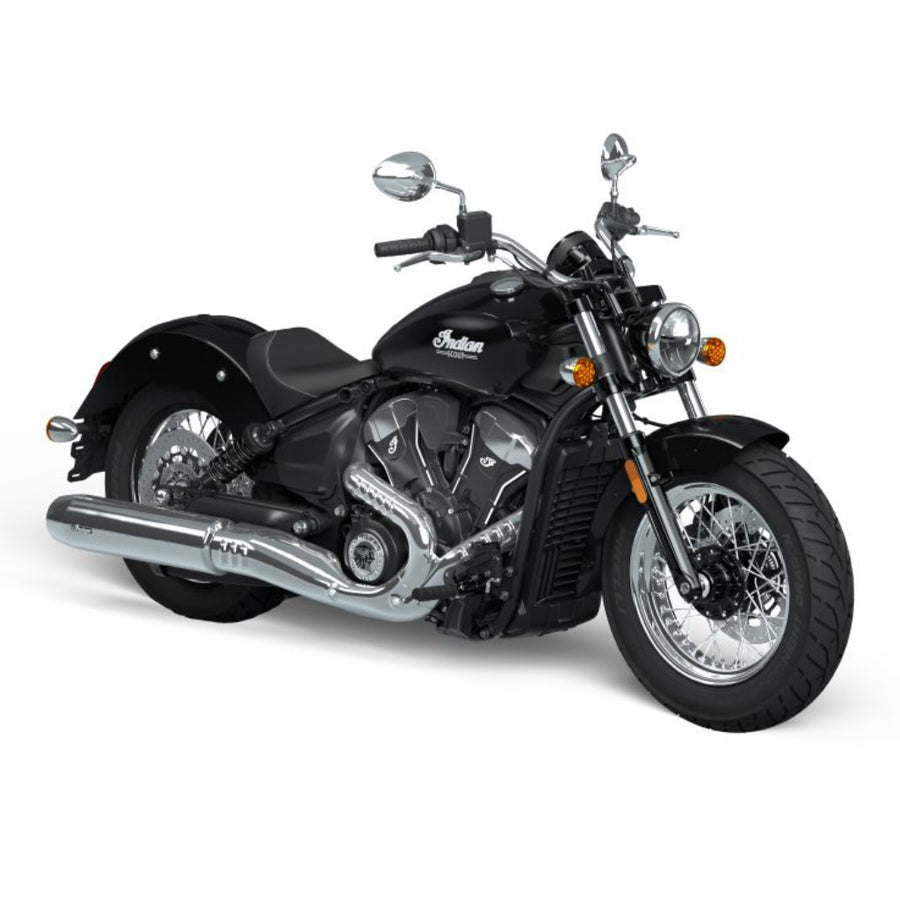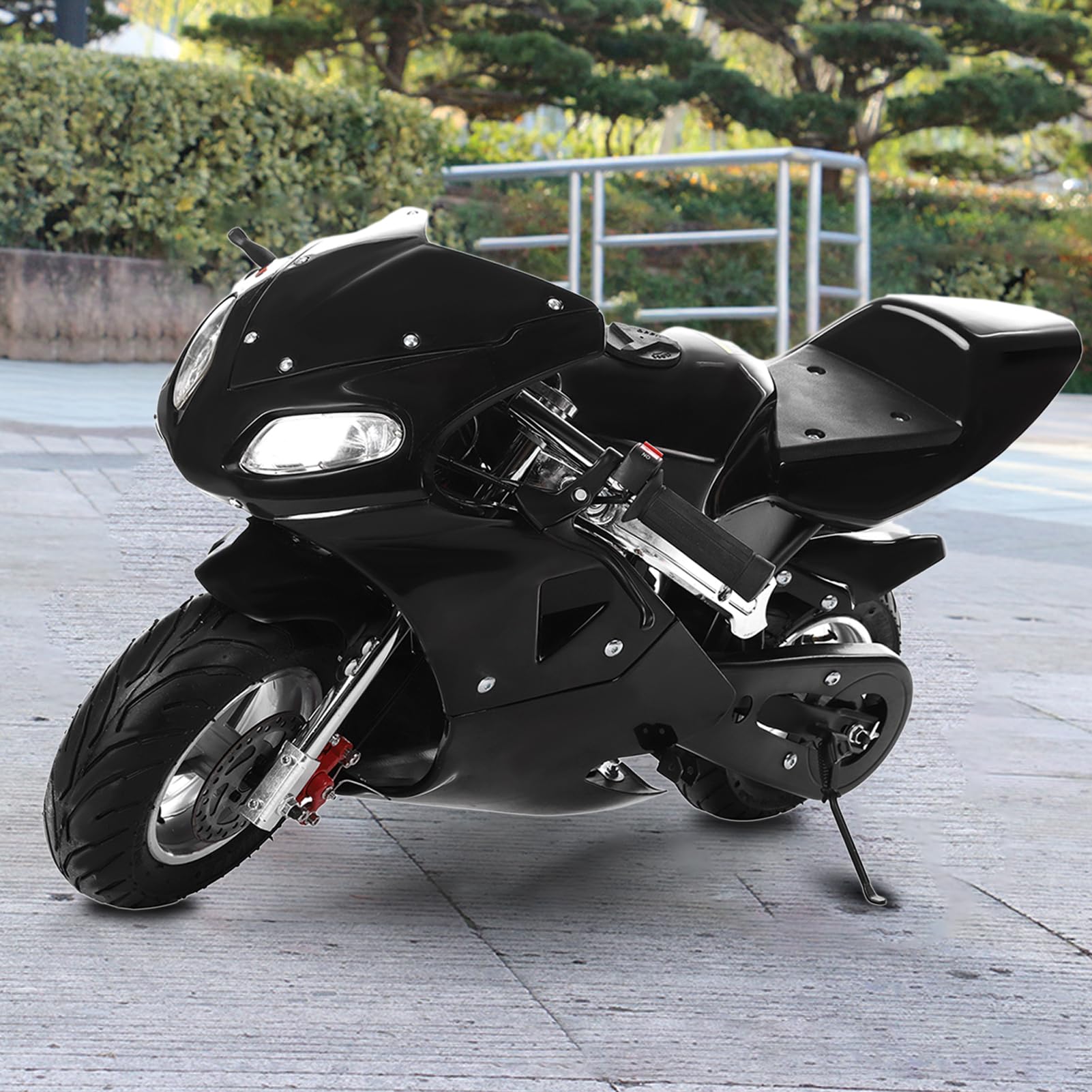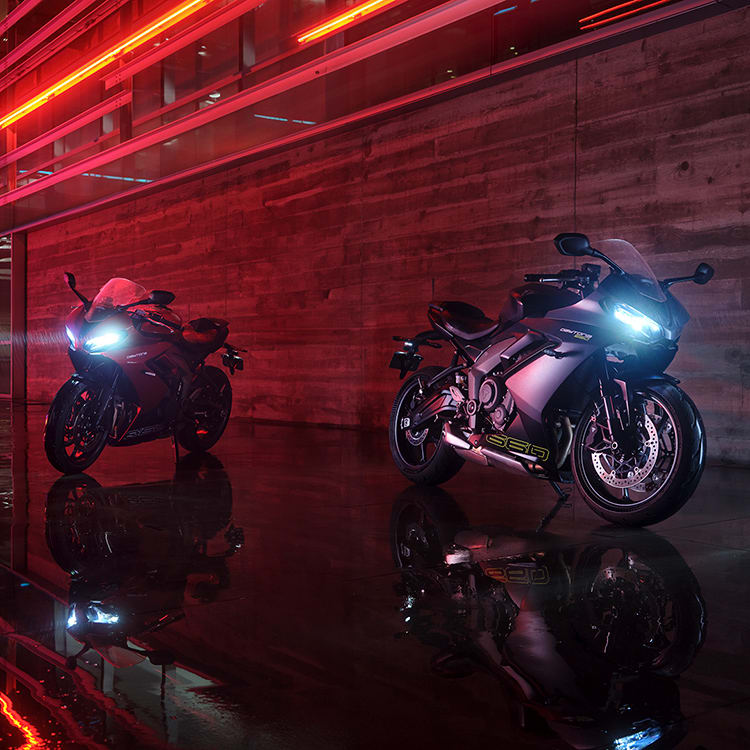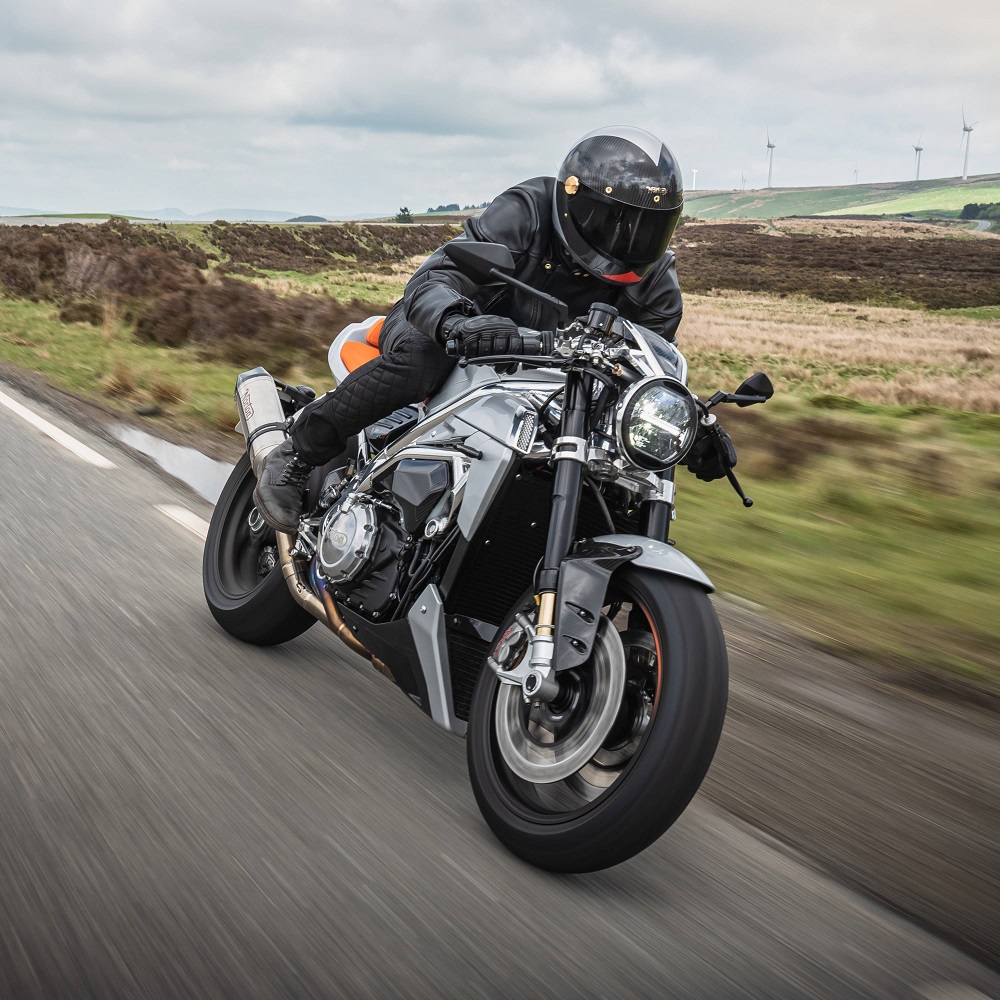Jul 3, 2024
How to Shift a Motorcycle For Beginners
Shifting gears on a motorcycle is an essential skill that every rider must learn. Unlike automatic transmissions, most motorcycles have manual gearboxes, which require the rider to master the art of shifting to ensure smooth and responsive riding. This guide will help understand how to shift a motorcycle for beginners, enriching the overall riding experience in 2024.
Understanding the Basics: Gears and Their Purpose
The Role of Gears in Motorcycles
Motorcycle engines provide power directly to the wheels, but this power must be regulated for different speeds and conditions. Gears facilitate this regulation by adjusting the engine’s output, making it possible to accelerate from a standstill to high speeds and navigate through various riding scenarios. Knowing when and how to shift is crucial for safe and efficient riding.
Knowing Your Motorcycle’s Gear Pattern
Most motorcycles have a “1 down, 4 (or 5) up” gear pattern. This means the first gear is engaged by pushing the gear lever down, while the rest are accessed by lifting the lever up. Neutral is typically found between first and second gears. Familiarize yourself with your bike’s specific pattern, usually indicated on the gearshift or in the owner’s manual.

The Mechanics of Shifting: Clutch and Throttle Coordination
How to Use the Clutch for Shifting
The clutch disengages the engine from the transmission to change gears. To shift, you need to pull the clutch lever toward the handlebar, which allows you to switch gears without stalling the engine or causing it to jerk. Releasing the clutch should be done smoothly and gradually to prevent the bike from lurching.
The Throttle and Its Relation to Shifting
As you engage the clutch with your left hand, the throttle, controlled by your right hand, should be simultaneously rolled off to reduce power from the engine. This coordination ensures a smooth transition between gears. Once the gear is engaged, gently roll on the throttle as you release the clutch to continue riding without losing momentum.
Practicing Gear Shifting: A Step-by-Step Process
Starting from Standstill
To shift from a standstill, first, switch on the ignition and start your bike while it’s in neutral. Squeeze the clutch lever, press the gear lever down with your left foot to engage the first gear, slowly roll on the throttle, and gradually release the clutch until you feel the bike begin to move.
Moving Through the Gears
Once you’re moving in first gear, prepare to shift up by rolling off the throttle and pulling in the clutch simultaneously. Use your left foot to lift the gear lever firmly into second gear, then smoothly release the clutch and roll on the throttle again. Repeat this process for each subsequent gear change, always matching your throttle input with the engine’s power.

Downshifting and Slowing Down
The Art of Downshifting
Downshifting requires you to anticipate your speed and shift down gears as you slow down. This is the reverse process of upshifting: as you ease off the throttle and apply the brakes, squeeze the clutch lever and press the gear lever down to select a lower gear. Releasing the clutch smoothly is essential to maintaining control, especially when downshifting multiple gears quickly.
Preparing for a Stop
When approaching a stop, use both the throttle manipulation and clutch work to downshift sequentially until you reach first gear. By the time you come to a full stop, you should either be in first gear or neutral, ready to start the process all over again when it’s time to move.
Shifting Practice: Tips and Tricks
Developing Muscle Memory Through Practice
Practice is key to mastering the smooth gear shifting on a motorcycle. Find a safe, open area to practice starting, stopping, and shifting through the gears repeatedly. This will help you develop muscle memory for the coordination between the clutch, throttle, and gear lever.
Overcoming Common Challenges
Beginners may experience difficulty finding neutral or may inadvertently cause the bike to jerk or stall. Practicing good clutch control and throttle finesse will minimize these issues. Pay attention to the feel of the motorcycle and the sound of the engine, as they are great indicators of when to shift.

Mastering the Clutch: Your Tool for Smooth Shifting
Learning to Control the Clutch
The clutch is your best friend when it comes to shifting gears on a motorcycle. Mastering clutch engagement is critical for smooth transitions. Practice pulling the lever with varying pressure and notice how the bike responds. Start with light pulls until you become comfortable with the effect each level of engagement has on your speed and control.
Building Confidence with the Clutch
Over time, your confidence with the clutch will grow. This will allow you to shift gears more fluidly and with less thought, turning your focus increasingly towards the road and the ride. The key is to practice consistently, building the muscle memory that will make clutch control second nature.
The Dance of Shifting: Timing Your Moves
Perfecting the Shifting Rhythm
Shifting gears is a dance between the clutch lever, gear shifter, and throttle. Each movement should be well-timed and precise. You might find yourself fumbling at first, but practice will improve your timing. Listening to the engine’s RPMs can help you determine the best moments to shift up or down.
Smooth and Steady Wins the Race
Shifting too quickly can upset the bike’s balance, so it’s important to be smooth and steady. Through regular practice, you’ll learn to anticipate the bike’s needs and respond with a rhythm that keeps your ride flowing.

Handling Hills and Slopes: Shifting Strategies
Taking on Inclines with Confidence
Hills can present a challenge when it comes to shifting. When ascending, you may need to downshift to maintain power. Conversely, descending will often require upshifting to prevent over-revving. Practice on gentle slopes first and progressively tackle steeper terrains as you become more skilled.
Maintaining Momentum
On inclines, momentum is key. By choosing the right gear for the right slope, you can keep a steady pace and avoid straining the engine. This demands a good understanding of your motorcycle’s power and how it responds to different gears.
Advanced Shifting Techniques
Exploring Advanced Maneuvers
As you become more practiced at shifting, you can start to explore more advanced techniques like rev matching and quick shifting. These skills are especially useful in high-performance riding or on tracks but can also enhance everyday rides by making gear transitions even smoother.
Shifting Without the Clutch
Though not recommended for beginners, experienced riders sometimes shift without using the clutch — a technique known as clutchless shifting. This requires perfect timing and a thorough understanding of the motorcycle’s mechanics but can lead to faster shifts and even a touch of thrill for the skilled rider.

Adapting to Different Biking Scenarios
Varying Your Technique for Different Rides
No two rides are the same, and you’ll need to adapt your shifting technique depending on whether you’re cruising around town, hitting the highways, or exploring back roads. Urban environments might call for more frequent shifts due to stop-and-go traffic, whereas highways demand longer periods in higher gears.
Responding to Your Motorcycle’s Feedback
Always stay attuned to what your motorcycle is telling you. Changes in engine noise, vibration, and performance are all cues for when to shift. By paying close attention, you’ll learn how to respond to your bike’s needs in a variety of riding conditions.
Cultivating a Safe Riding Mindset
Prioritizing Safety over Speed
While learning how to shift effectively is important for speed and performance, safety should always be your top priority. Cultivate a mindset that prioritizes controlled, conscious riding. Respect the rules of the road and remember that smooth shifting contributes to a safer ride.
Ongoing Learning and Mindfulness
Riding a motorcycle is a lifelong learning experience. There’s always room to refine your technique, and every ride presents an opportunity to better yourself. Stay mindful on the road, continually practice your skills, and enjoy the journey of becoming a more proficient rider.

The Road to Shifting Mastery
The path to becoming a proficient motorcycle shifter is filled with learning and growth. Every journey you embark on provides a chance to refine your skills and deepen your understanding. Aim to make each shift better than the last, embracing the open road as your teacher. Commit to this continuous improvement, and you’ll find the harmony between man and machine. This synergy is not just about reaching your destination, but about reveling in the dance of acceleration and deceleration, the rhythm of clutch and throttle, the poetry of motion. Remember, the journey of mastering motorcycle shifting is a perpetual ride towards perfection, one that offers as much joy in the learning as it does in the execution.
Shifting gears on a motorcycle is a skill that combines technical knowledge with physical coordination. It’s an exciting part of the riding experience that allows you to connect with your motorcycle and the road on a deeper level. With diligent practice, attention to feedback, and an understanding of the mechanics, you’ll enhance the smoothness of your rides and your overall enjoyment of motorcycling. Enjoy the process, and let each shift draw you closer to mastering the art of motorcycle riding.
More Details